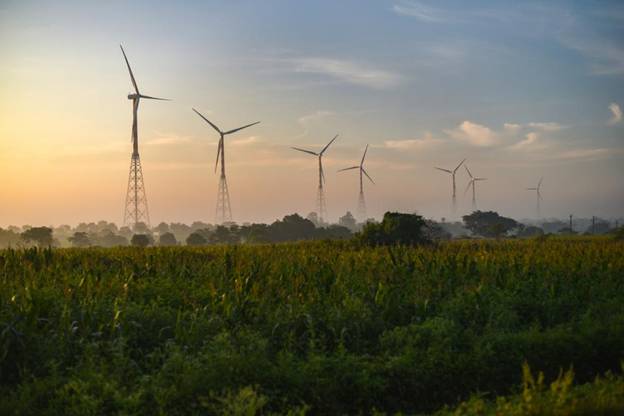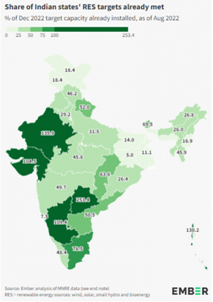Free Courses Sale ends Soon, Get It Now


Free Courses Sale ends Soon, Get It Now



Copyright infringement not intended
Context: India is unlikely to achieve its target of adding 175 gigawatts renewable power generation capacity by December 2022 at its current pace, a new report has claimed. The shortfall will mainly be due to four large states.
Details:


© 2024 iasgyan. All right reserved